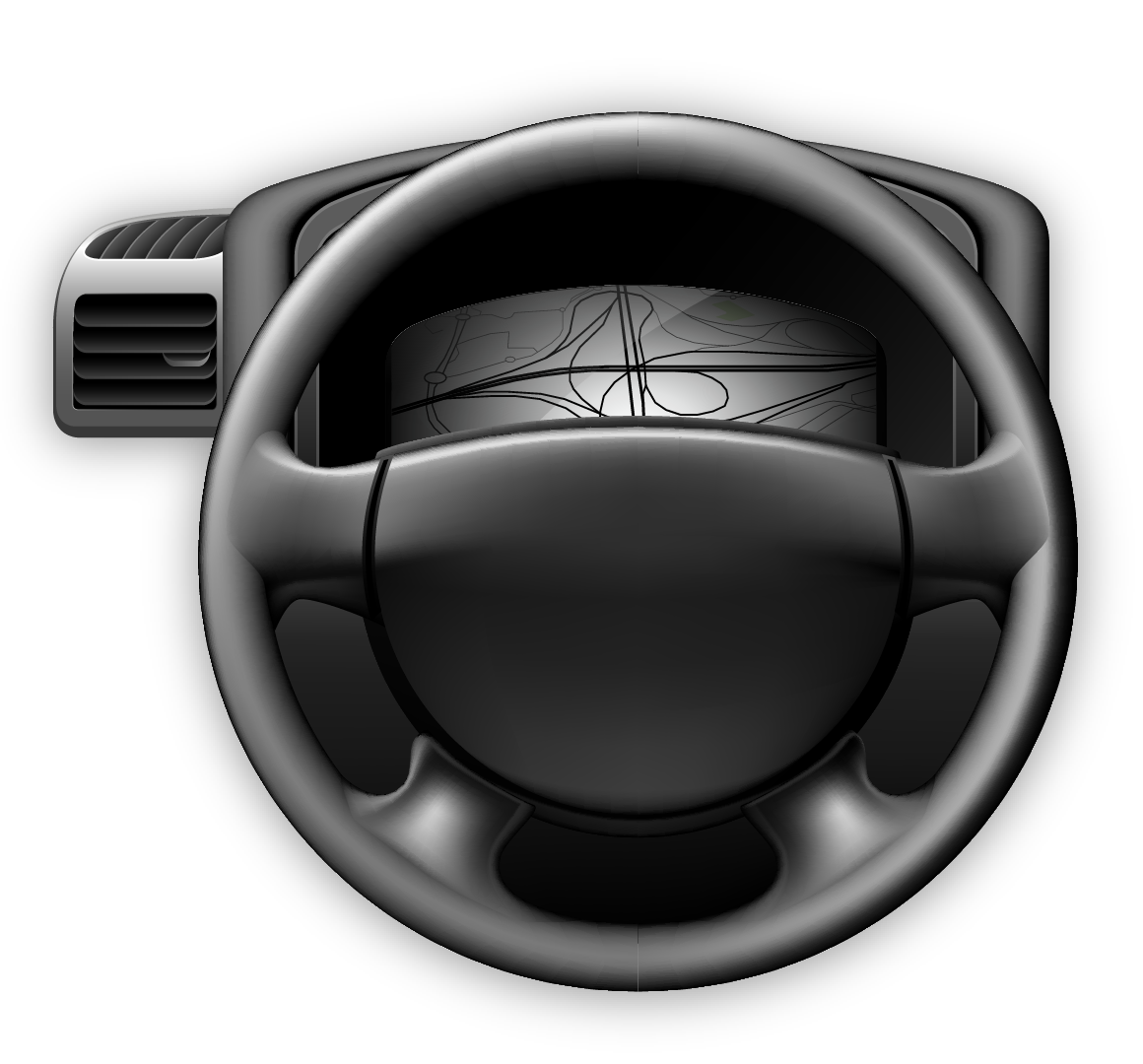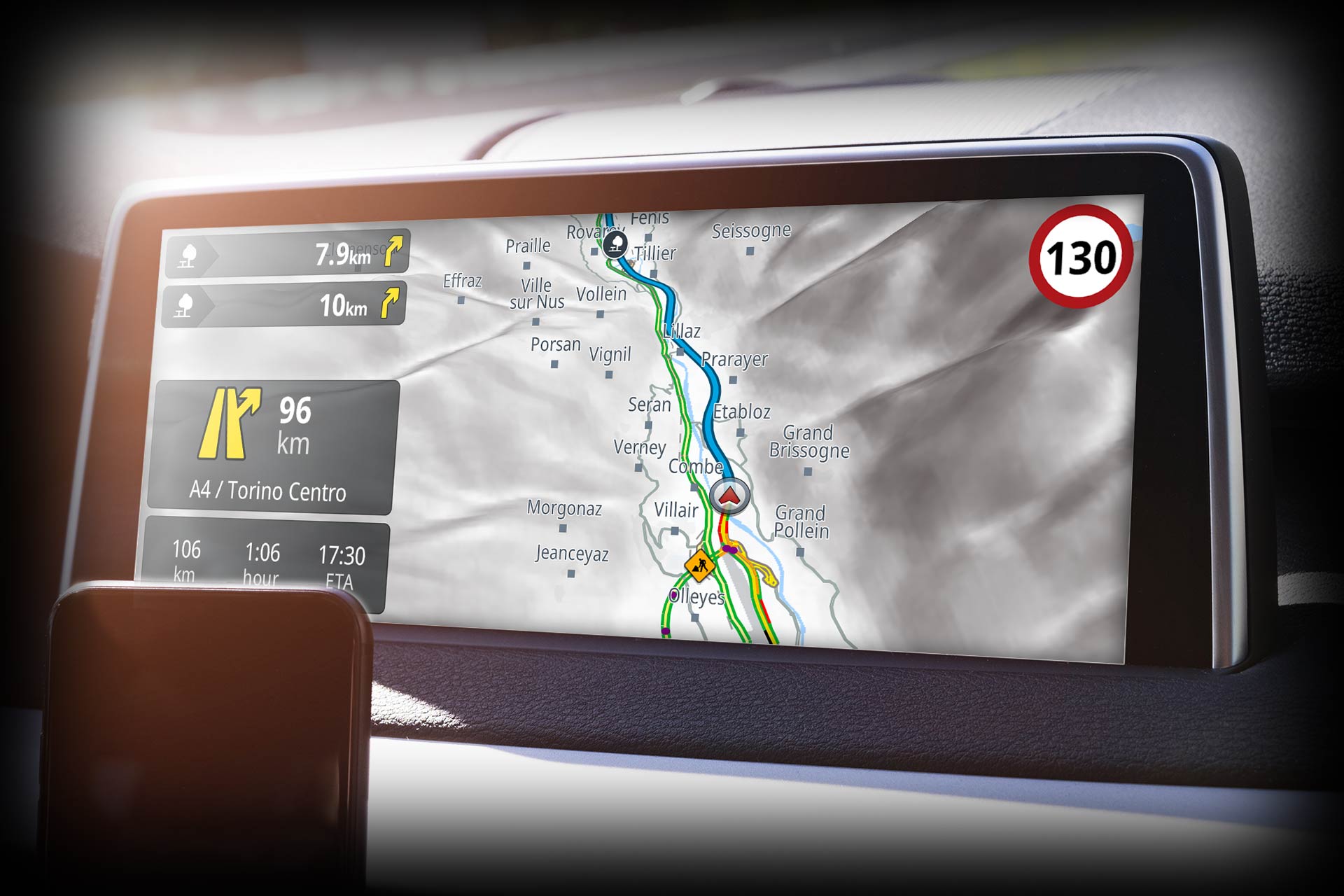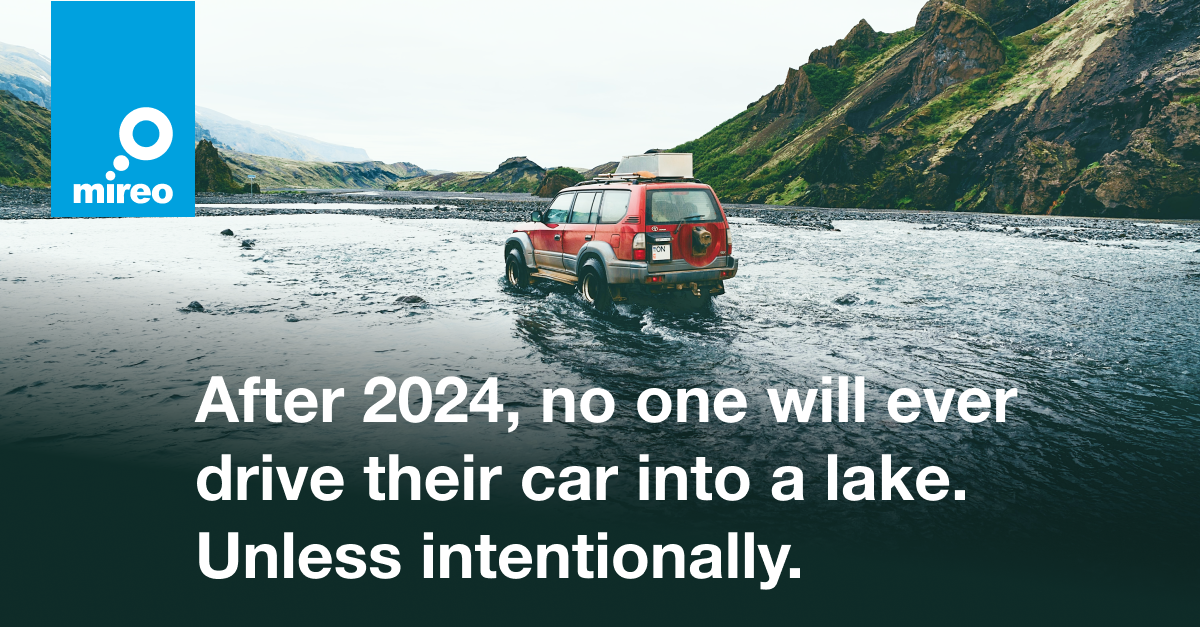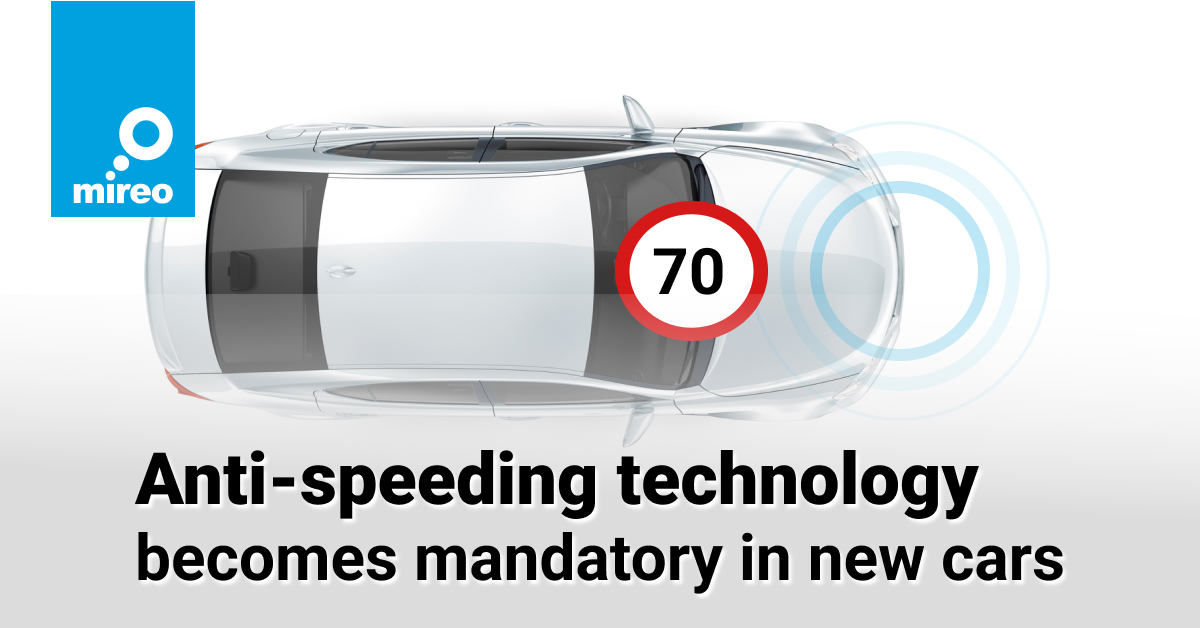Navigation as a standard car feature by 2024
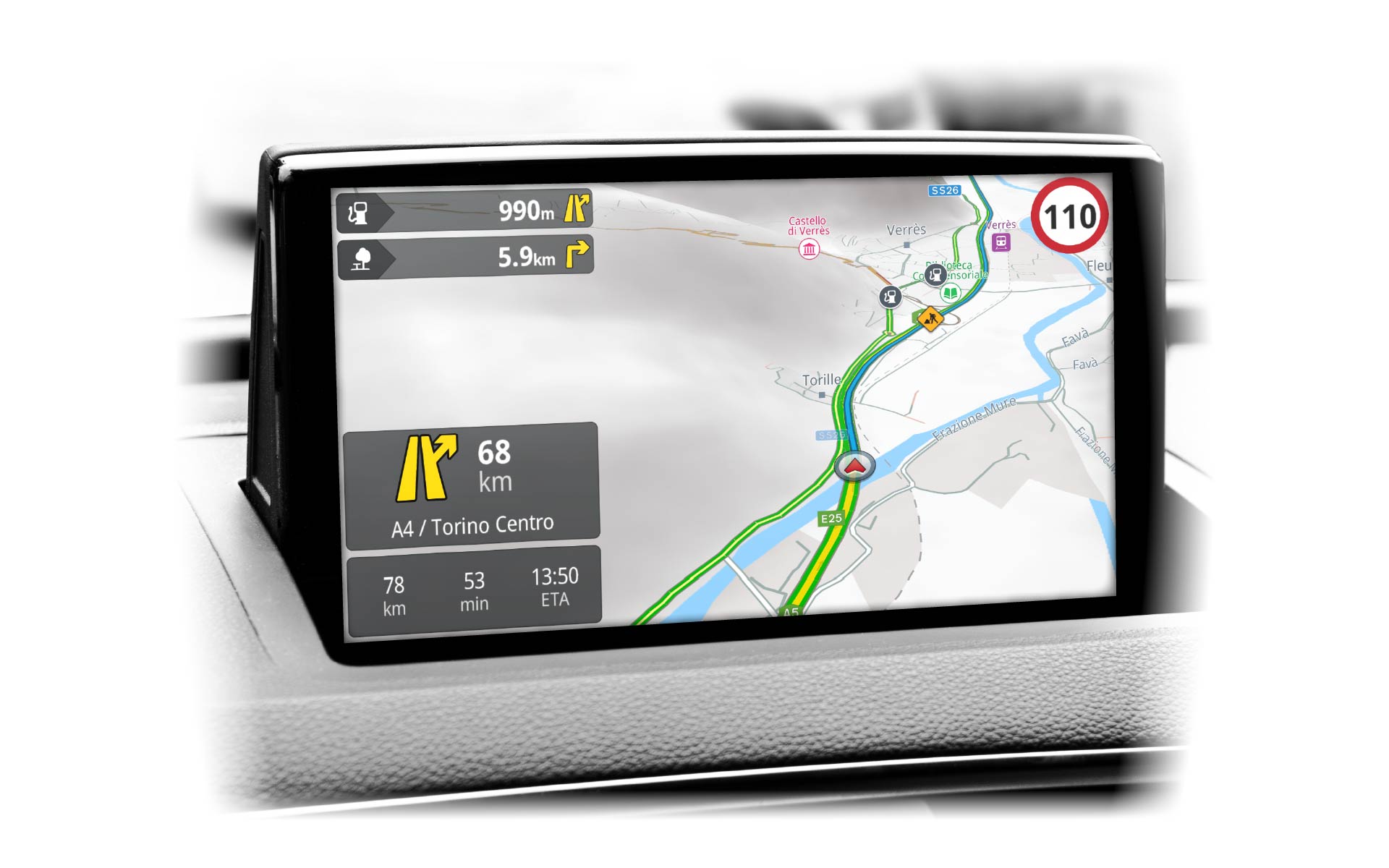
When there are no speed limit road signs, the ISA system must use the vehicle's GPS data to precisely determine the car's road segment and thus deduce the implicit speed limit. This process of matching GPS positions to the most likely road segment is called map matching.
The map matching process effectively means the ISA systems must be equipped with a highly precise digital road network map, such as those used in the embedded car GPS navigation. Also, since the vehicle map matching procedure is a standard part of GPS navigation, it's reasonable to expect new cars to be equipped with an embedded GPS navigation by default.
Moreover, the built-in GPS is already a mandatory feature on new cars since 2018 due to the EU's Emergency Call (eCall) emergency calling system. For reference, the eCall system automatically makes an emergency call if a vehicle is involved in an accident.
The GPS navigation might have been available in the highest trims of premium car brands twenty years ago, but buying a new family sedan without navigation is highly unlikely in 2021. As per McKinsey's 2020 ACES consumer survey, respondents were willing to pay up to $13 for advanced map features and personalized GPS navigation. The survey also states that 37% of respondents would switch cars to achieve improvements in autonomous driving, connectivity, electrification, and shared mobility.
